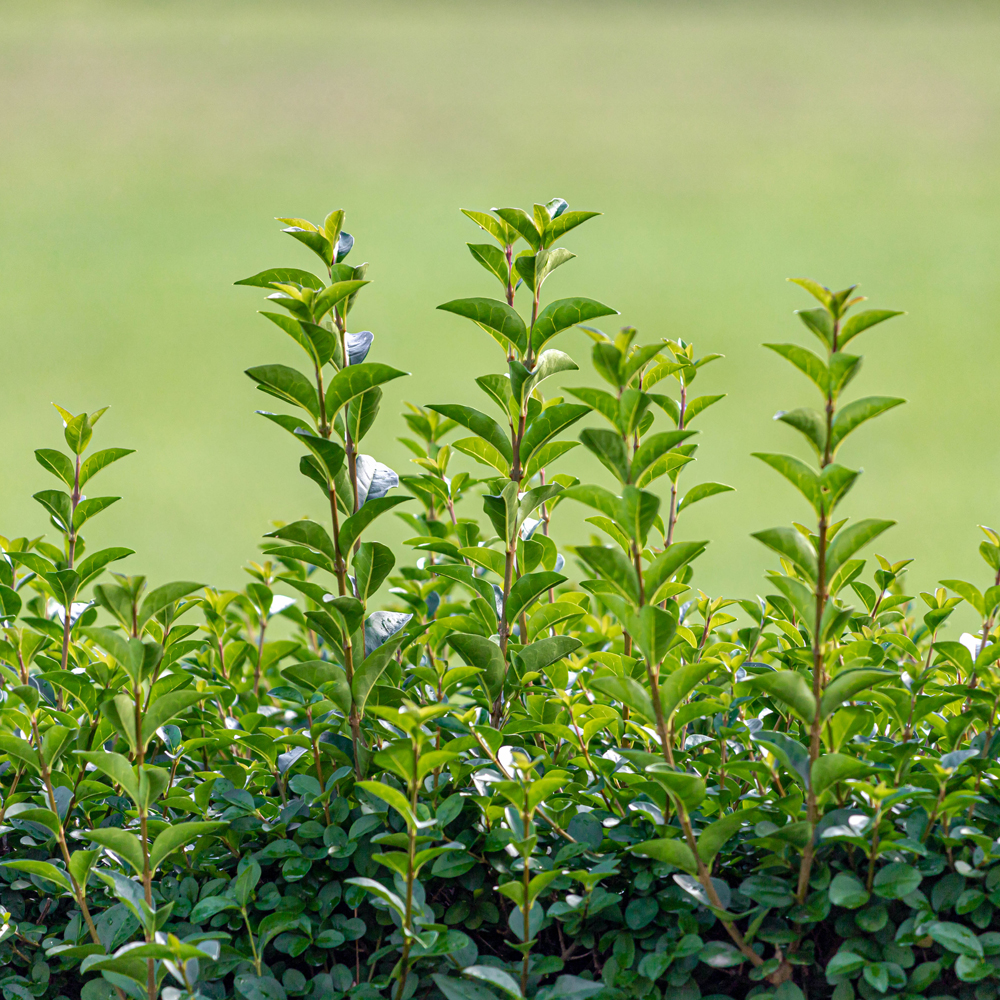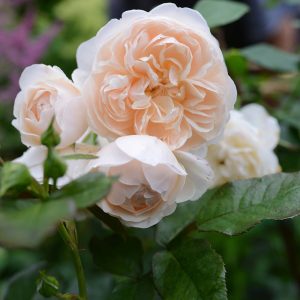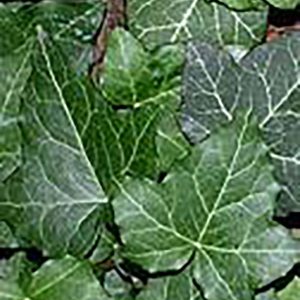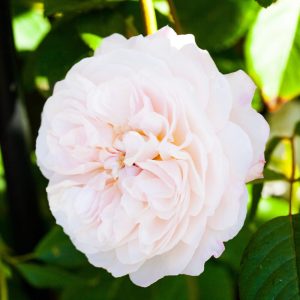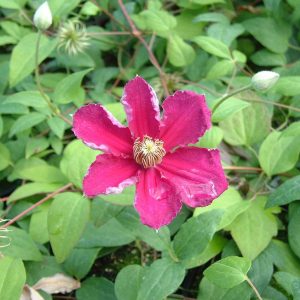Description
Ligustrum ovalifolium is a species of flowering plant in the Oleaceae family, also known as the California privet or the garden privet. It is an evergreen shrub that typically grows to 2-3 meters tall and 2-3 meters wide, with a dense, oval-shaped foliage. It produces small, white, fragrant flowers in late spring to early summer, which are followed by small, black berries. It prefers well-drained soils, and full sun to partial shade. It is hardy to around -15°C. It’s drought tolerant once established and can be used as a hedge, as a specimen plant, or in mixed borders. It is suitable for UK climates and it’s considered a low maintenance plant.
Key Facts
- Common Name(s):Garden Privet
- Hardiness:Fully hardy through most of the UK
- How big will I get? Ligustrum ovalifolium can grow to a height of 4.5m and a spread of 4.5m.
- Did You Know That:It is also considered as an allergenic plant, with many people experience allergic reactions to its pollen and leaves? So be careful if you suffer from hayfever!
Plant Calendar
A rough guide to how this plant will change through the year.
| Jan | Feb | Mar | Apr | May | June | July | Aug | Sept | Oct | Nov | Dec | |
| Flowering Time | 
| 
| ||||||||||
| Foliage Colour |  |
 |
 |
 |
 |
 |
 |
 |
 |
 |
 |
 |
| J | F | M | A | M | J | J | A | S | O | N | D |

| 
| ||||||||||
 |
 |
 |
 |
 |
 |
 |
 |
 |
 |
 |
 |
Care Guide

Soil Requirements
Ligustrum ovalifolium is a versatile plant and can cope with wet or drier soils, but prefers there to be decent drainage. This plant can grow in soil with a wide range of pH levels, it is not picky about the pH level of the soil.

Best Position
Ligustrum ovalifolium can handle either an exposed or a sheltered position and requires full sun to thrive, this consists of more than six hours of direct sunshine per day.

Maintenance
Ligustrum ovalifolium is fairly low maintenance and doesn’t require any pruning. However if it is grown for hedging it is best to trim lightly a few times over the growing period. Regular trimming can prevent the plant from flowering and should be stopped towards the end of Summer.

Pest, Diseases and Wildlife
Ligustrum ovalifolium can have problems with aphids, moths and thrips, it can be vulnerable to certain diseases such as honey fungus. It is toxic to cats, dogs, horses and people.
